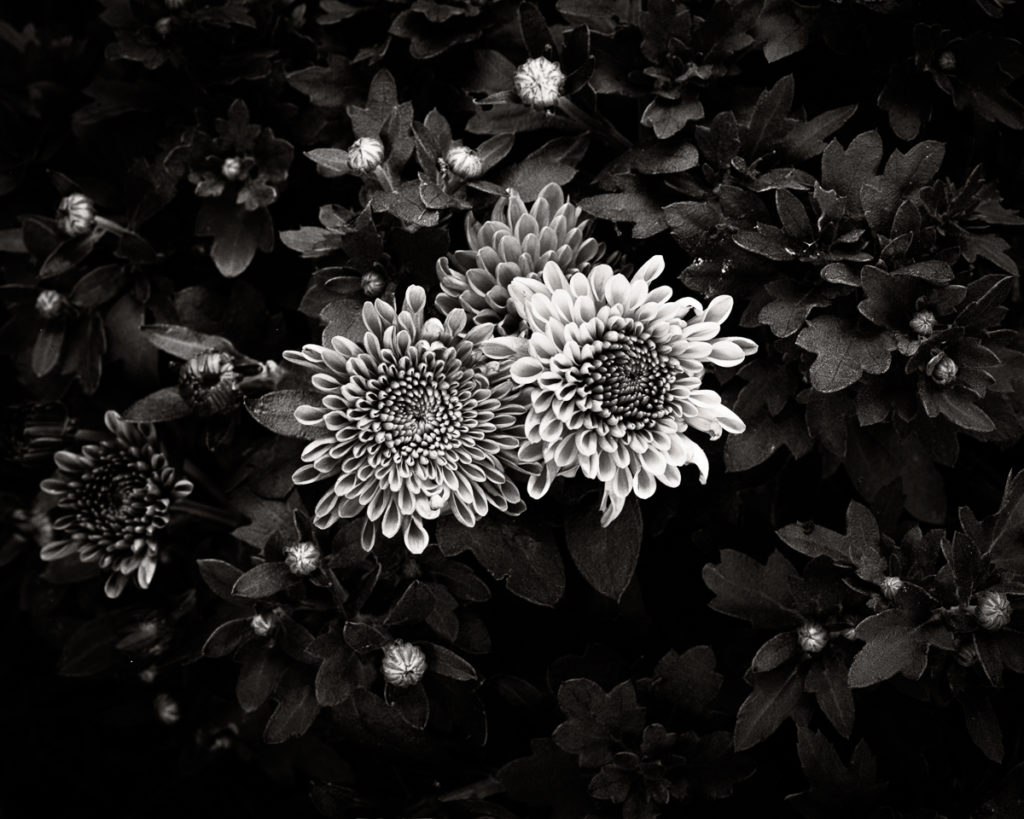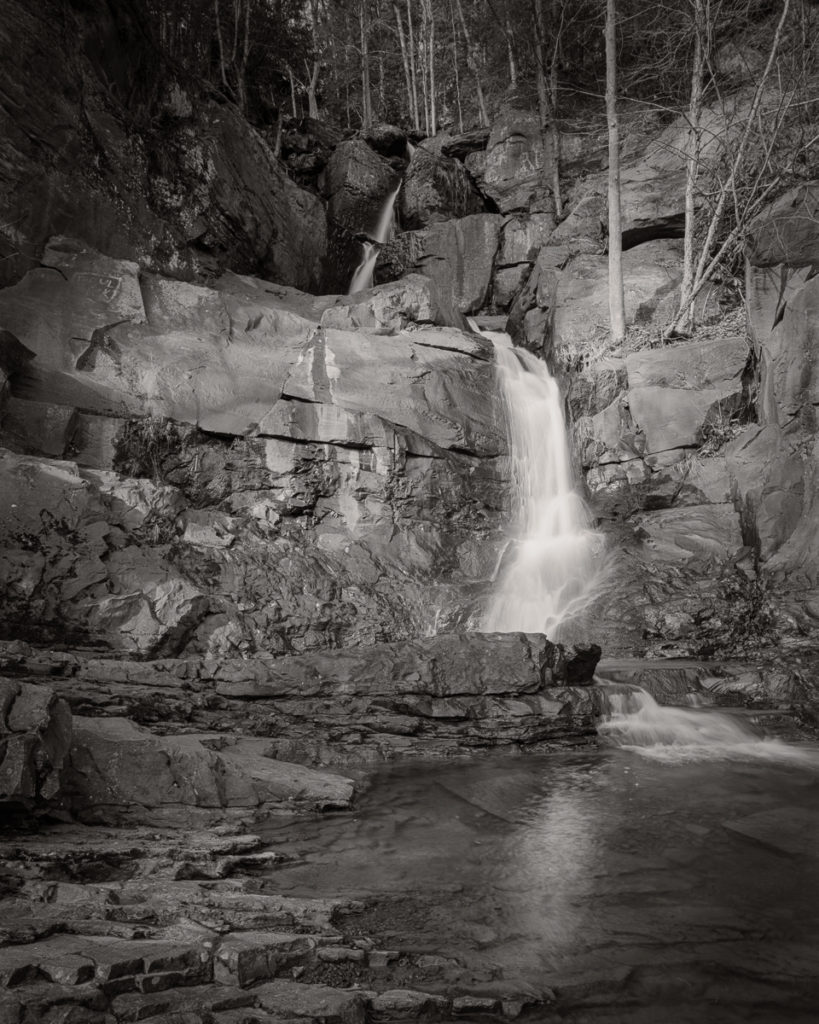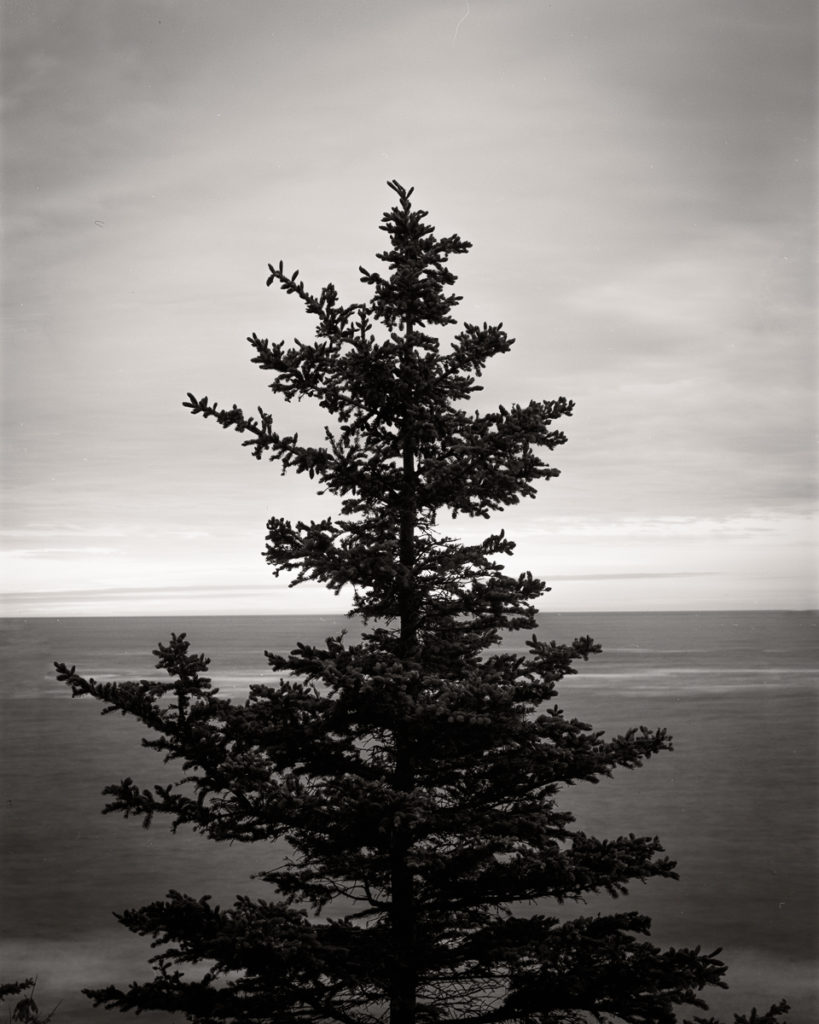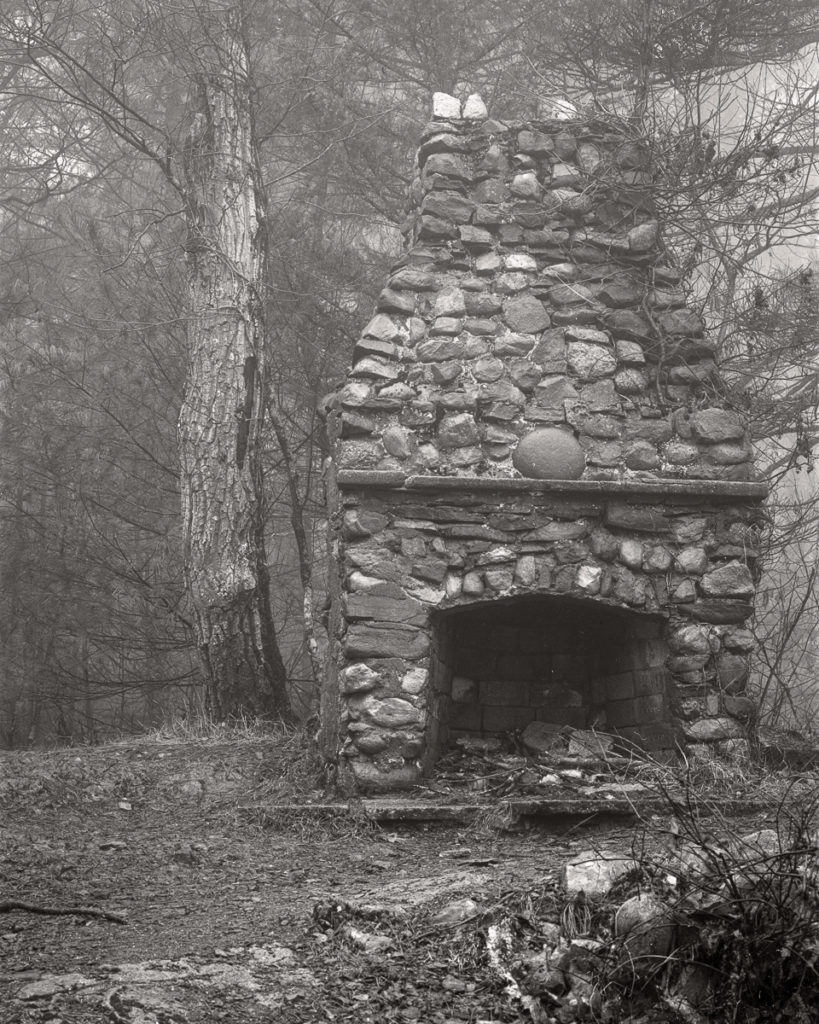
The world is going to pieces and people like Adams and Weston are photographing rocks! – Henri Cartier-Bresson (regarding social significance in photographs)
As artists, it may be difficult to determine what role, if any, may be played during times of war. For landscape and nature photographers, especially, there may seem to be heavy-handed truth to the quote above, as said by Henri Cartier-Bresson. The photographing of rocks, of natural elements, seems to be of menial help to any war effort as compared to building tanks or heading to the front line. And to a certain degree, it is true: the resulting photographs of nature are unlikely to help the ongoing war, let alone stop it altogether. A strong argument may be made regarding the longevity of nature versus human lives, and how the ongoing conflict is of greater, more immediate importance.
Yet this does not mean there should be shame filled in the hearts of artists during these such times. As Robert Adams says in his book, Beauty in Photography, “photography as art can seem an inhuman escape” in times of social crisis. It is thanks to this ability to escape the world while viewing art, that it’s being filled with strong inner meaning is most beneficial. When done right, artwork may help to garner within viewers strong emotions, thus helping to bring about a sense of confidence, specifically in those who already feel strongly toward one idea or the other. Once stirred, the emotions lead to actions in the form of revolts, protests, and, in the modern day, blathering on social media. “And though poems and pictures cannot by themselves save anyone […] they can strengthen our resolve to agree to life.”
A prime example would be Picasso’s Guernica as made in 1937 at his Paris home. This piece was created in response to the bombing of Guernica (a Basque Country town in northern Spain) by Nazi Germany and Fascist Italy, as requested by the Spanish Nationalists, on the 26th of April, 1937. Once completed, Picasso’s piece was exhibited at the Spanish display during the 1937 Paris International Exposition; it was then shown at various venues around the world. The money raised through its touring was used to help with the Spanish war relief, along with bringing about worldwide attention to the Spanish Civil War (1936 – 1939).

Even a single piece of artwork may have a grand impact on the feelings of the public, especially as it pertains to the spreading of knowledge. It is said that, when a German officer saw a photograph of Guernica in Picasso’s home and asked him if he had done that, Picasso replied quite simply: “No, you did.”
Yet what about artists working within the realm of nature? For those, we turn to Cartier-Bresson’s quote, once again.
Cartier-Bresson had joined the film and photography unit of the French Army in 1940 – only to be captured by German forces that same year – which likely made himself feel to be of a higher regard than Weston and Adams, who at the time were doing little for the war effort. Being thirty-two years old at the time, Adams was only six years his senior, expunging the idea that Adams was too old to join the war.
Adams did have an opportunity to join the war effort as brought to his attention by Edward Steichen, who was forming a Naval Aviation Photographic Unit in early 1942. Adams was asked to help with the building and directing of a state-of-the-art darkroom and laboratory in Washington, D.C. Forever having a heavy ego, Adams agreed on the condition that he would be commissioned as an officer. Though Steichen was fine with that, Adams’s unavailability until the first of July due to a photographic project in the Sierras forced Steichen to pass and look elsewhere.

It was not until October of 1943, through July of 1944, that Adams did anything with his photography which Cartier-Bresson would deem “socially significant” and helpful toward the war effort. Brought on as a photographic consultant to the Armed Services through the Office of War Information, Adams was charged with photographing the Japanese Internment camps at Manzanar. By the time Adams arrived, the incarcerees were quite used to their unfortunate living situations and were able to enjoy the fruits of their labor. Because of this, they were much more receptive and welcoming toward Adams, a strong juxtaposition compared to Dorothea Lange’s treatment.
The argument brought upon by Cartier-Bresson falls flatter with the reference to Edward Weston, who was fifty-four years of age at the time the former had joined the war. Given his age, it was unlikely for him to lead the front lines. Even still, he and his wife, Charis Wilson, became Aircraft Spotters at Yankee Point, California for the Army’s Ground Observers Corp, Aircraft Warning Service. At the same time, he photographed on Wildcat Hill (Point Lobos was closed to the public during the war), likely making photographs of rocks.
It is unreasonable to believe every individual around the world must be doing something to directly help in each war effort. The world ultimately cannot stop, placing all its focus upon conflicts between the human species. Even saying that an artist must create works of social significance is simply not feasible, nor is it required.
According to Enclyclopedia.com, artists who did not serve in the military or civilian positions during the war, “helped to create an extensive pictorial record.” Their work helped to boost public morale and remind the people what they were fighting for, ultimately aiding “local and national campaigns.” Without art, the public would know little of any war efforts from the past, besides the stories told by the victors.

And much like Picasso’s Guernica, works of art may hold within them great benefit during these such times, though it may not be as directly helpful as some may wish for. Yes, this even applies to simple photographs of rocks.
In his article Artists in Times of War, Howard Zinn fights against the ideals as pointed by Henri Cartier-Bresson, telling how artists “needn’t apologize, because by [giving to the general public beauty, laughter, passion, surprise, drama], the artist is telling us what the world should be like, even if it isn’t that way now. The artist is taking us away from the moments of horror that we experience everyday – some days more than others – by showing us what is possible.” But, he contends, the “artist can and should do more.”
Zinn informs the reader how artists should be using their work, and whatever voice it is they have, to ask the questions of dire importance which few others have the courage to ask themselves.
Questions, such as asked by Mark Twain when the United States went to war against Spain in 1898. When the US went after the Philippines after the “splendid little war” against Spain was won, and several thousand Filipinos were dead after five years of war by 1906, Twain spoke out against the actions performed by the US. Though his patriotism was deeply questioned, Twain denounced President Theodore Roosevelt, writing about the idea of loyalty in his novel A Connecticut Yankee in King Arthur’s Court. In this piece, he makes mention of patriotism not being the stereotypical idea of supporting one’s government but, rather, supporting one’s country and being ready to point blame upon the government when wrongs are done.

It is also possible for artists to make such bold statements as Twain, in a much more quiet manner. Take, for example, Joseph Heller, who used his book Catch-22 to say in fiction what would have been deemed disgraceful to say in nonfiction. Having been a bombardier in the air force, Heller understood the deeper psychological tricks the bombardiers played upon themselves, pretending to bomb military targets so as to not think about the truth of the situation. And in his novel, he denounces war, writing about such situations. But since it is a piece of fiction, he is able to get away with it.
There are also times whereas refusal, or acceptance, of invitations may be used to reveal one’s side regarding a war. When poet Robert Lowell was invited to the White House during the Vietnam War, he denied the invitation. And when Eartha Kitt, a singer, was invited to the White House for a social event in January of 1968, she was quoted saying to Lady Bird Johnson, “You send the best of this country off to be shot and maimed.”
At the end of the day, the artist’s role in times of war is much the same as their role in everyday life: to create pieces which reveal the beauty and potential of the world we live within. In the words of Zinn, Art is meant to “transcend the madness of the world.” It is meant to help people realize there is more to life than the everyday arguments had between two opposing political parties. And as Zinn had ended his article so brilliantly, I, too, shall use the same line to end my own:
“All of us can do something, can ask questions, can speak up.”




